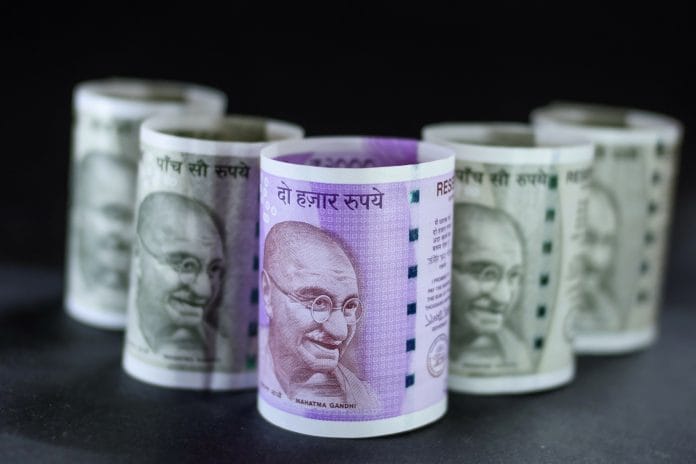The proposal, however, was given a silent burial after RBI raised objections and the government turned its attention to demonetisation.
New Delhi: In the last two years, India has got currency notes in the new denominations of Rs 200 and Rs 2,000 — launched after the cancellation of the Rs 1,000 and Rs 500 notes in November 2016.
But that’s not all.
ThePrint has now learnt that the Modi government, even before the disruptive demonetisation exercise, toyed with the idea of introducing new bank notes of Rs 11 and Rs 21—denominations that are widely used for handing over gifts in the form of cash or shagun, besides religious donations.
Top sources in the government said that the proposal was actively discussed between the finance ministry, when Comptroller & Auditor General Rajiv Mehrishi was the finance secretary, and the RBI but the idea was eventually given a quiet burial.
Besides, the government was more focused on the demonetisation exercise.
ThePrint has also learnt that the RBI raised objections that these unusual denomination bank notes could not be treated as fiat money — legal tender where the value promised is backed by the government.
“Many proposals come up for the introduction of new denomination currencies, but that does not mean that all of them are followed… It is part of the process,” a senior government official told ThePrint on the condition of anonymity.
“Re 1 is not used alone, mostly it is used as change for higher value transactions and therefore there were discussions to understand whether that issue could be addressed.”
Also read: India stops printing of Rs 2000 note, two years after demonetisation
Currency notes
Based on usage, demand and need, the government along with the Reserve Bank of India (RBI) decides on the denominations of bank notes that need to be issued from time to time.
The central bank, based on its research, arrives at an estimate of the volume of each currency note that is needed and accordingly the printing of those coins and bank notes are undertaken, the official said.
The official added that depending on usage and value, currencies in several denominations have also been withdrawn.
For instance, over the years, coins of the denominations of 5 paise, 10 paise, 20 paise and 25 paise have been withdrawn, while the RBI has also pulled out bank notes of Rs 10,000 in 1938 and 1954.
Meanwhile, even after more than two years since demonetisation, more than half of the total number of ATMs in the country are still not recalibrated to dispense currency notes of Rs 200.
“At present, the only focus is to ensure that ATMs are equipped to dispense the Rs 200 banknotes,” the official said.
Also read: This is what global experts have found studying demonetisation, while Modi looks away







The highest denomination should be 100. For proper accounting, al transactions above 50,00 rupees should be by cheque, debit or credit card.
Do we need so many denominations and so many sizes and colours of notes. The notes now in circulation look like the monopoly checks which kids play.
Only 5,10, 20, 50, 100 and 500 denominations with uniform width but different lengths would do.
The colour scheme needs to be made less kitschy.